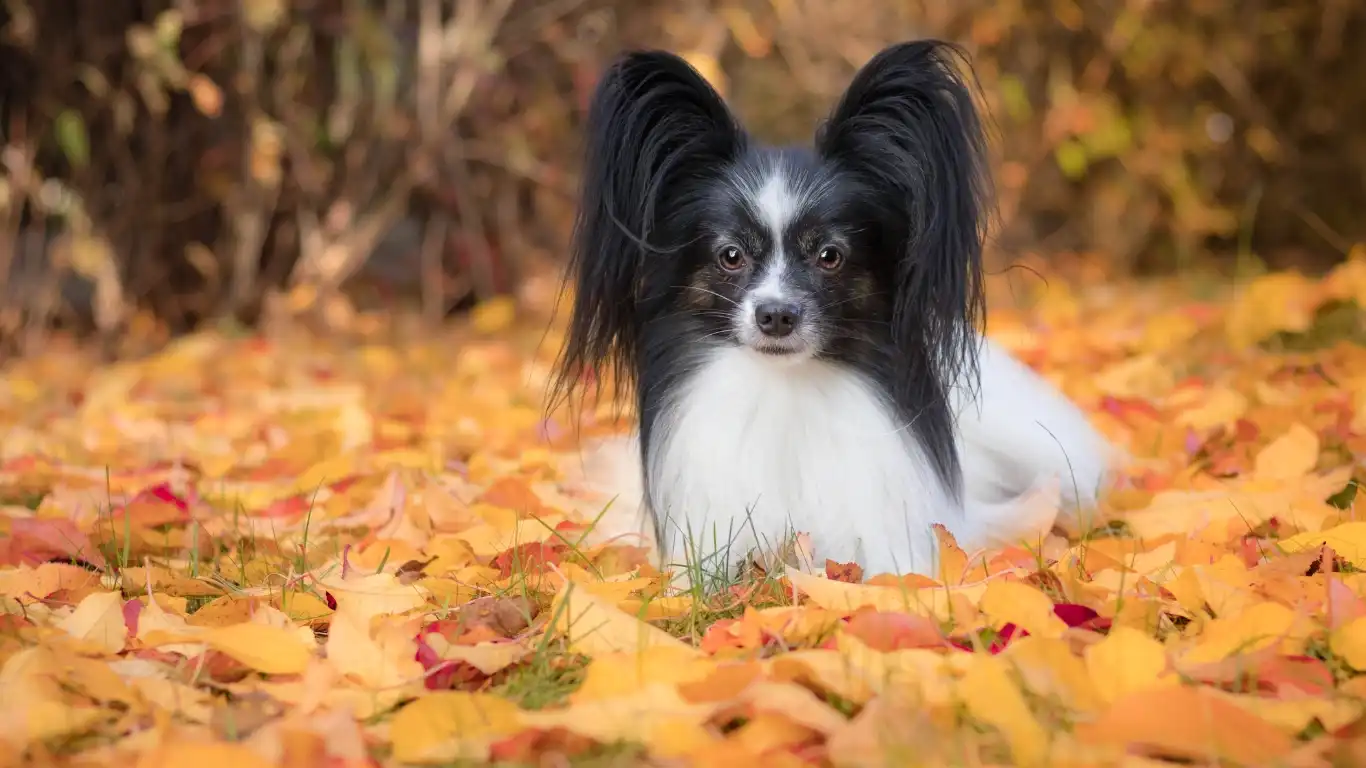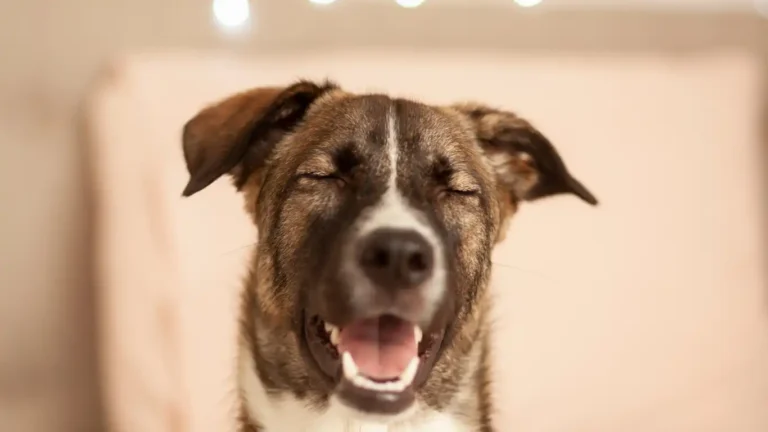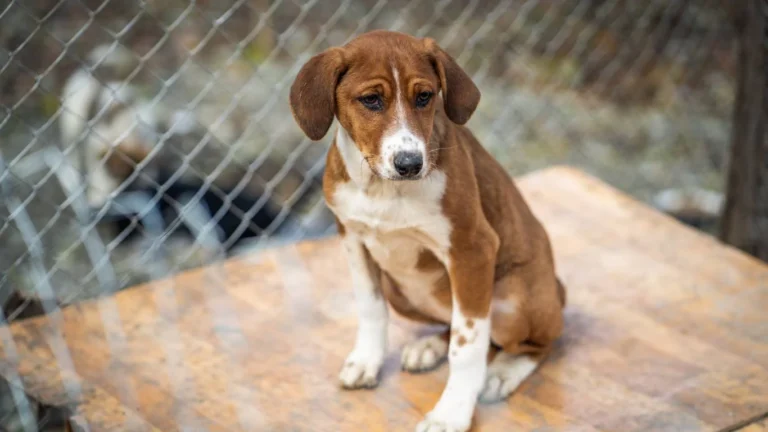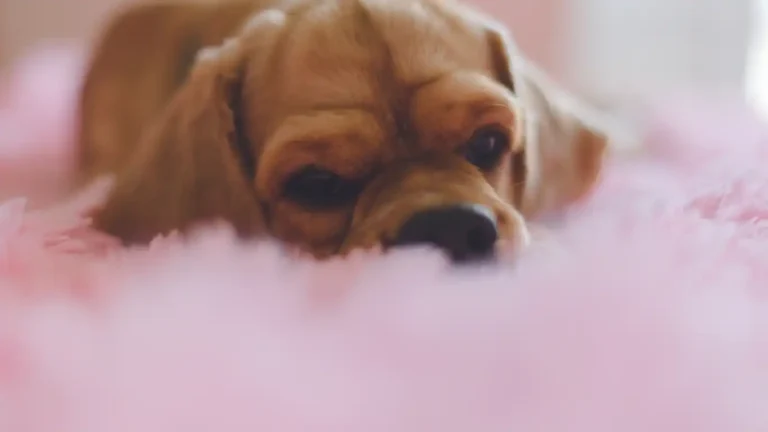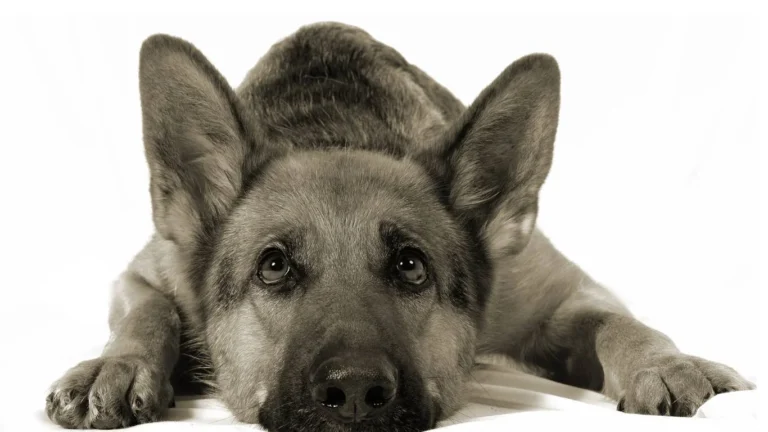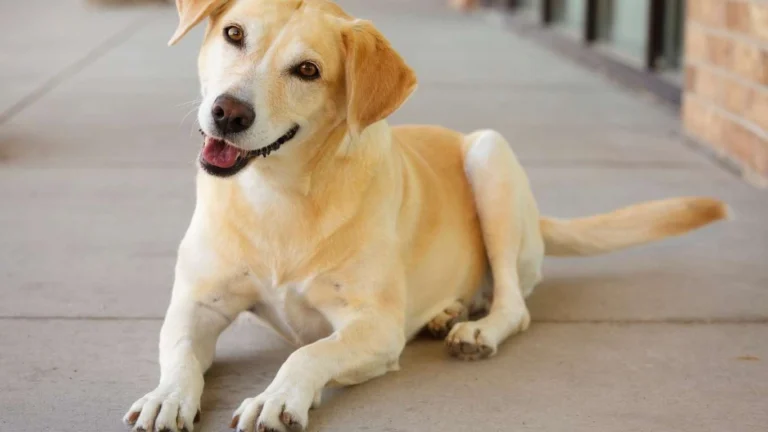How to Train a Dog to Enjoy Being Brushed: Stress-Free Grooming Tips
Let’s be honest—when it comes to grooming, a lot of pups act like you’re trying to steal their soul with a brush. But here’s the thing: learning how to train a dog to enjoy being brushed isn’t just about keeping their coat shiny—it’s about creating a positive, stress-free experience for you and your furry bestie. I’ve worked with countless dogs over the years as a Veterinary Technician/Nurse, especially in the nutrition and wellness space, and let me tell you, even the most touch-sensitive dogs can learn to love (or at least tolerate) brushing. It’s all about trust, timing, and tiny wins. You don’t need fancy tools or pro grooming experience—you just need patience, some treats, and a game plan that works with your dog’s personality.
Why Some Dogs Hate Being Brushed (And What You Can Do About It)
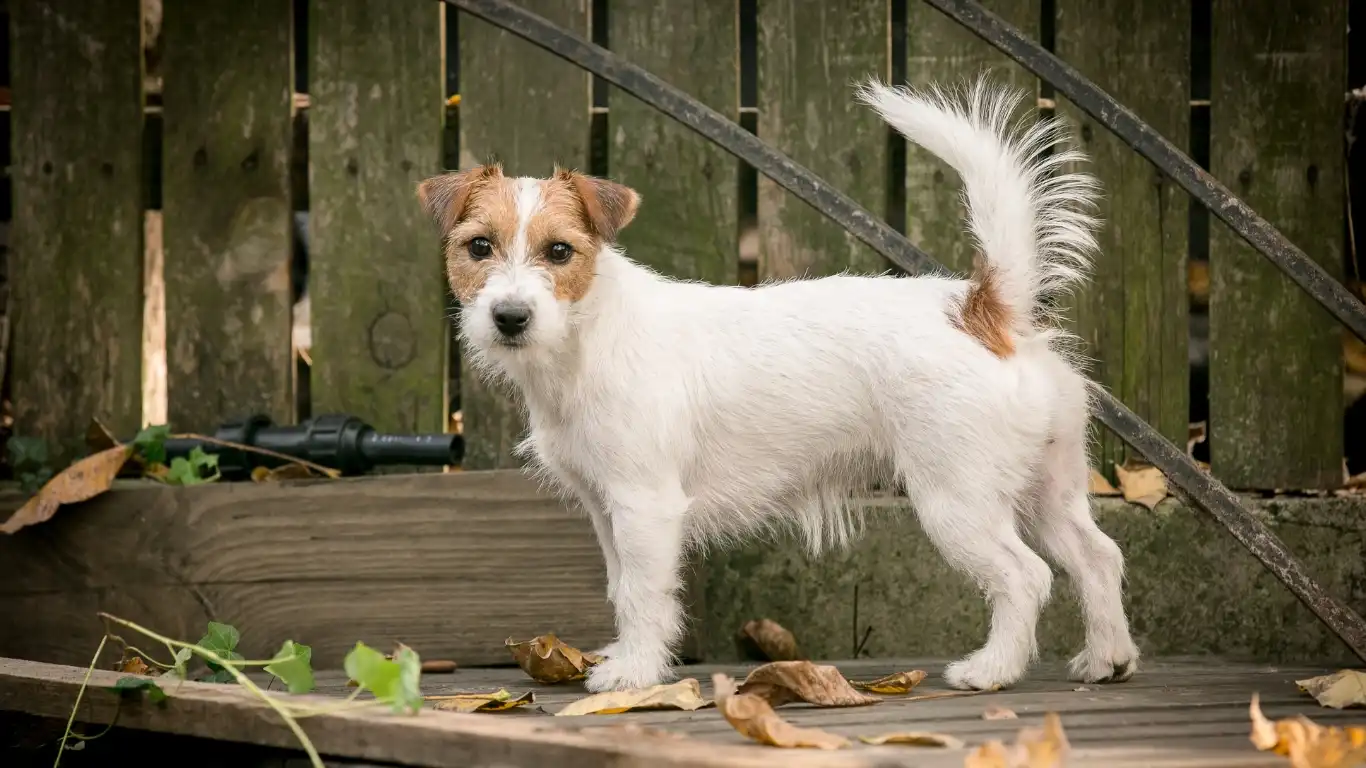
I can’t tell you how many times a client would come into the clinic frustrated, saying things like, “My dog bolts the second I pull out the brush!” I get it. It’s easy to assume a dog hates grooming just because they’re being “difficult,” but there’s usually a deeper reason behind it.
Common reasons dogs dislike brushing:
- Fear or anxiety: Often tied to a bad grooming experience, or just general nervousness about being handled.
- Skin sensitivity: Some pups have allergies or underlying conditions that make brushing physically uncomfortable.
- Wrong tools: That slicker brush might be great for a Husky, but totally wrong for a short-haired Chihuahua.
- Overhandling: For dogs not used to being touched in certain areas, even gentle brushing can feel overwhelming.
When I was just starting out, I remember working with a sweet but reactive Cocker Spaniel named Luna. Her coat would mat like crazy, but she’d snap if you even looked at her with a brush in your hand. Once we realized she was reacting out of fear—not aggression—we changed our approach completely. Within weeks, Luna went from biting the brush to licking it (true story!).
Step One: Redefine the Brush as a Happy Thing
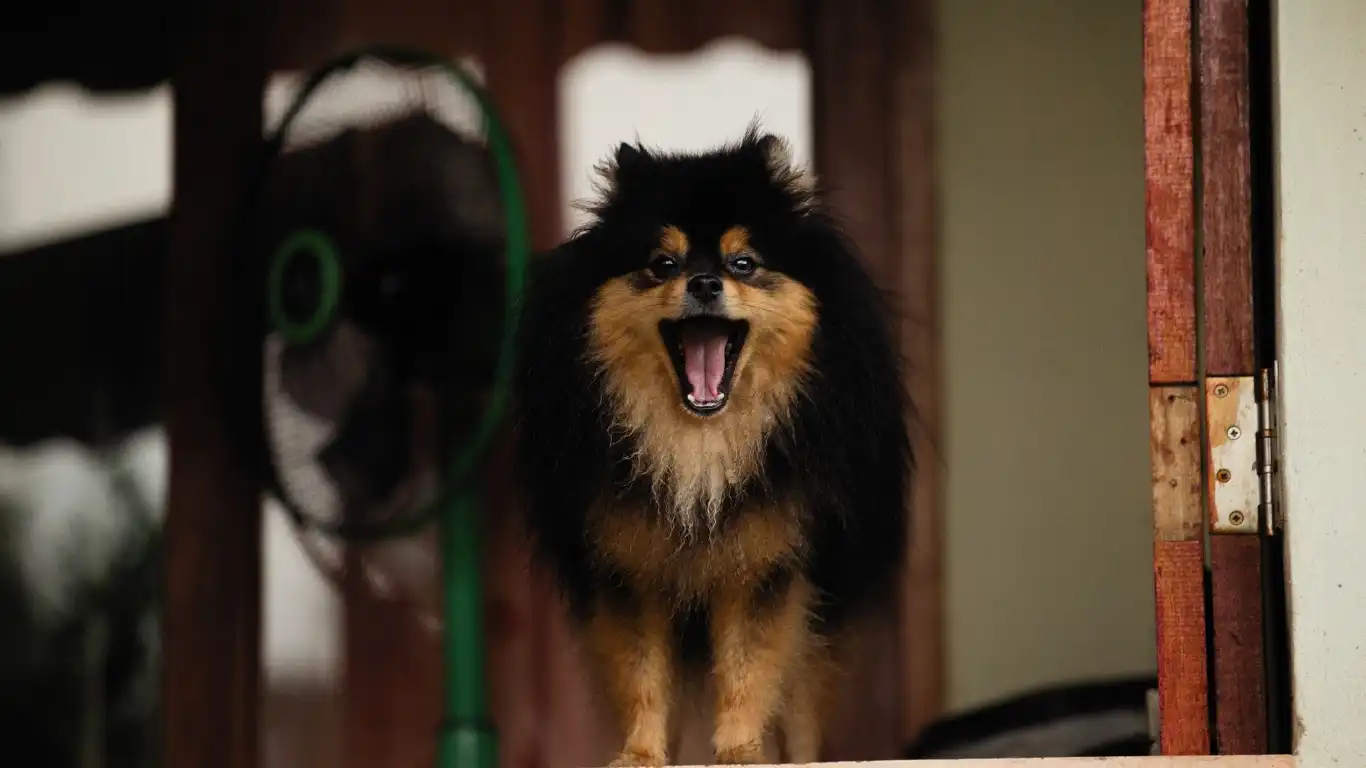
If your dog acts like the brush is the enemy, your first job is to make it seem like a friend. No brushing yet—this is all about creating positive associations.
Tips to start desensitization:
- Let your dog sniff the brush. Don’t do anything with it—just casually show it off like it’s no big deal.
- Pair it with treats. Every time the brush appears, your dog gets a little snack. This builds the connection: brush = good things.
- Use praise and your happy voice. Talk to your dog like you’re showing off a new toy. Seriously, it works.
- Rub the brush on yourself or a soft toy first—show your dog it’s not scary. They’re watching your reaction too!
Think of this like doggy exposure therapy. I’ve even had pet parents carry the brush around during walks or mealtimes so it just becomes background noise. Within days, you’ll often notice a huge drop in avoidance behaviors.
Timing Is Everything: Set the Mood First
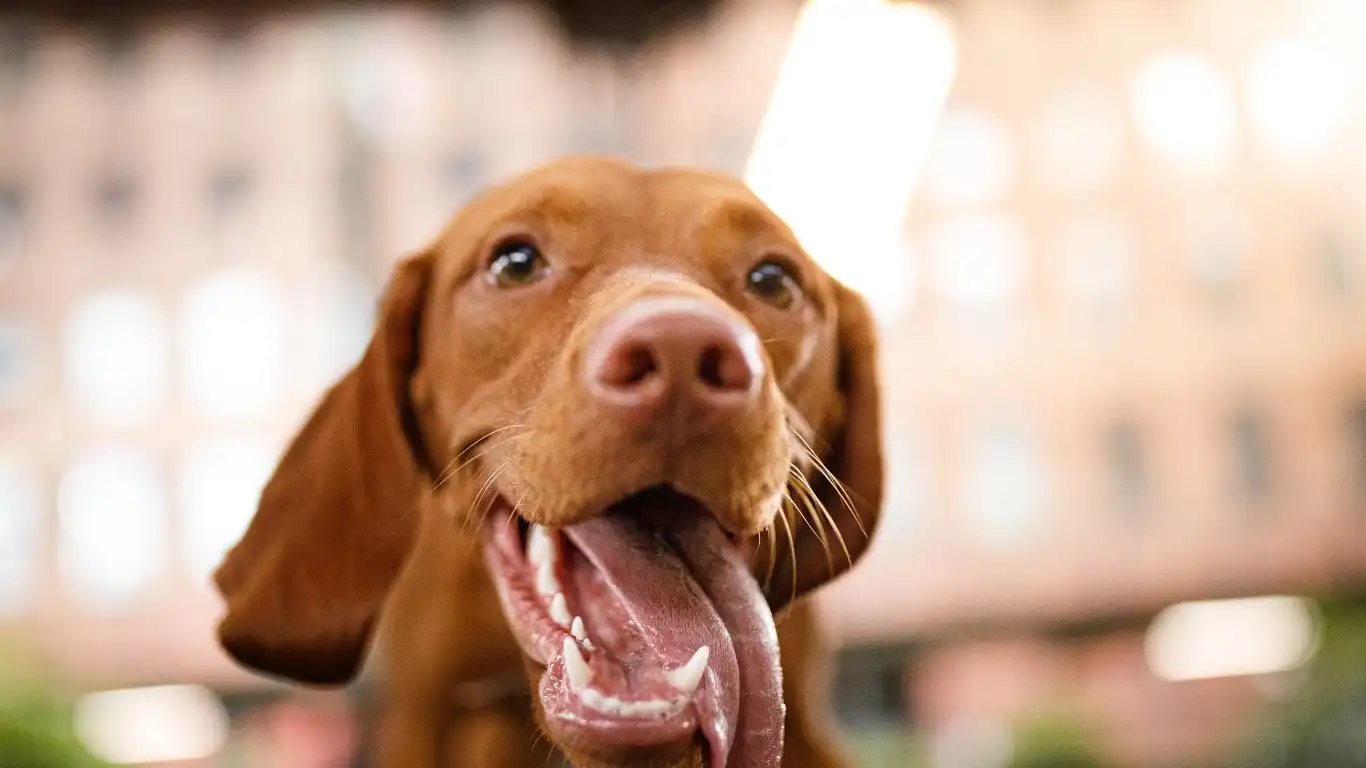
You wouldn’t try to teach a toddler the alphabet during a sugar high, right? Same logic applies here. When you’re learning how to train a dog to enjoy being brushed, timing your sessions makes all the difference.
Best times to introduce brushing:
- After exercise: A tired dog is a calm dog. Try brushing after a walk or play session when their energy is lower.
- During cuddle time: If your pup is naturally snuggly, ease into brushing while they’re already relaxed next to you.
- Post-meal: Dogs are often in a happy, satisfied state after eating, making it easier to slip in a quick grooming session.
In the clinic, we used to call this “stacking wins.” A little play, a full belly, and then a tiny brush stroke. No big drama. Just layering the good vibes. The calmer your dog is, the more likely they’ll be receptive—and the less you’ll feel like you’re wrestling a furry alligator.
Choose the Right Tools for the Job
This might seem basic, but I can’t stress it enough. Using the wrong brush is like trying to cut steak with a spoon. It’s frustrating, ineffective, and can actually hurt your dog. I’ve seen dogs develop brush burn from owners using hard bristles on delicate skin—not out of neglect, just because they didn’t know better.
Tool guide based on coat type:
- Short hair (Boxers, Beagles): Rubber curry brush or soft bristle brush
- Medium hair (Labs, Border Collies): Slicker brush + undercoat rake (seasonally)
- Long hair (Golden Retrievers, Shih Tzus): Pin brush + detangling comb
- Curly/wavy hair (Poodles, Doodles): Metal comb + slicker brush to prevent mats
Still unsure? Ask your vet or groomer (or hey, shoot me a DM—I love helping folks figure this stuff out). The right tools can make your brushing sessions go from frustrating to fantastic real fast.
Working Through Tangles and Mats Without Tears (Yours or Theirs)
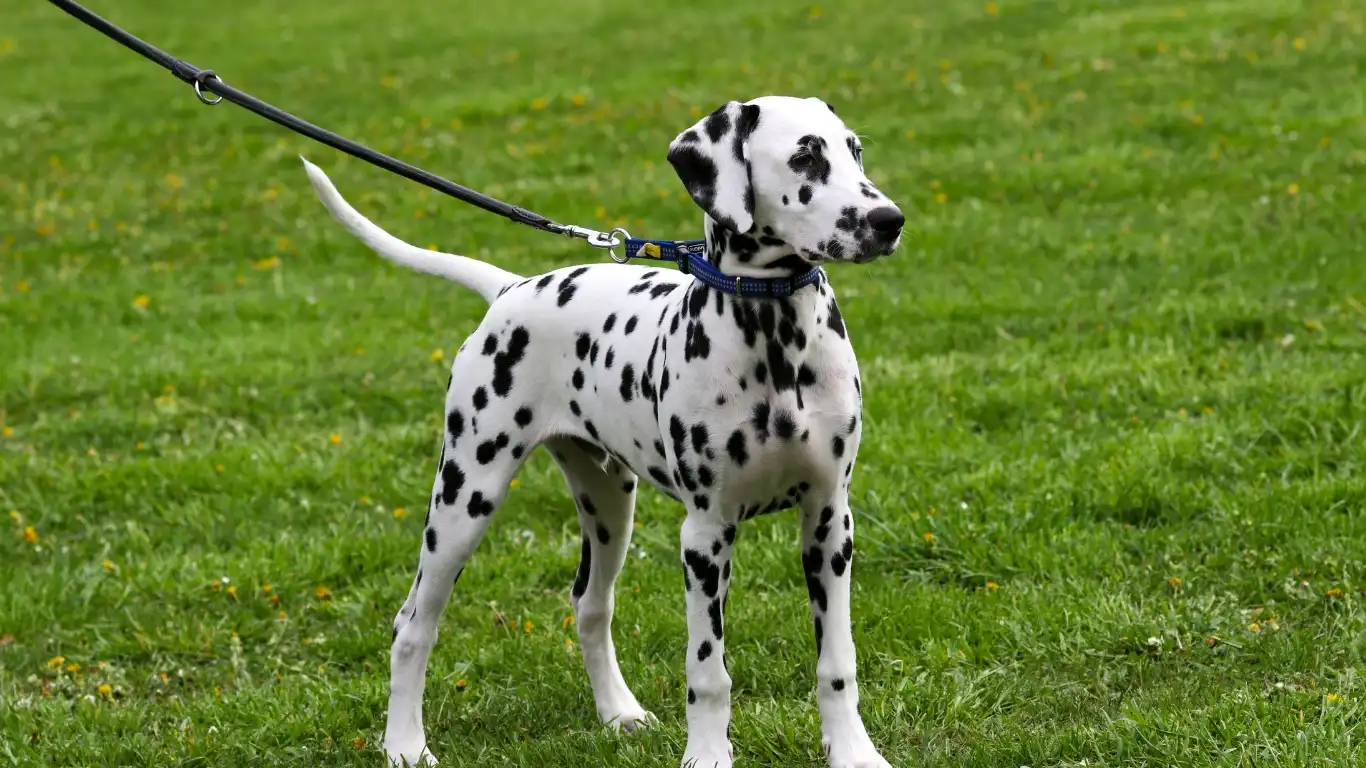
Alright, let’s talk about the hairy situation no one wants to deal with—mats. If you’ve ever discovered a sneaky clump of tangled fur behind your dog’s ear or under their armpit, you know it can feel like you’re untangling a ball of Christmas lights… with attitude. And trust me, trying to brush them out without a plan can make things worse. I’ve had dogs squirm, growl, even cry during mat removal—until we figured out how to handle it gently.
Here’s how to safely deal with mats:
- Start small: Don’t go straight for the biggest mat. Begin with tiny tangles in easier areas to build your dog’s confidence.
- Use a detangling spray: There are dog-safe sprays that help loosen mats without yanking. A little mist goes a long way.
- Hold the base of the mat: This is a trick I used all the time in the clinic. Hold the fur close to the skin so the tugging doesn’t pull on their skin—it makes the process way less painful.
- Use a dematting tool: These tools are designed to gently slice through mats instead of ripping through them. Total game changer.
- Break it up over days: Don’t feel like you have to tackle a giant mat in one go. Work in short sessions with lots of praise and treats.
One of my regular clients had a Goldendoodle named Max who used to show up matted from head to toe—his parents loved him to bits, but they just didn’t know his coat needed near-daily brushing. After a few sessions, we created a weekly brushing and dematting plan that fit their schedule, and Max actually started leaning into the brush like he was getting a massage. No more emergency grooming visits. That’s the goal.
Making Brushing a Routine (That You’ll Both Actually Stick To)
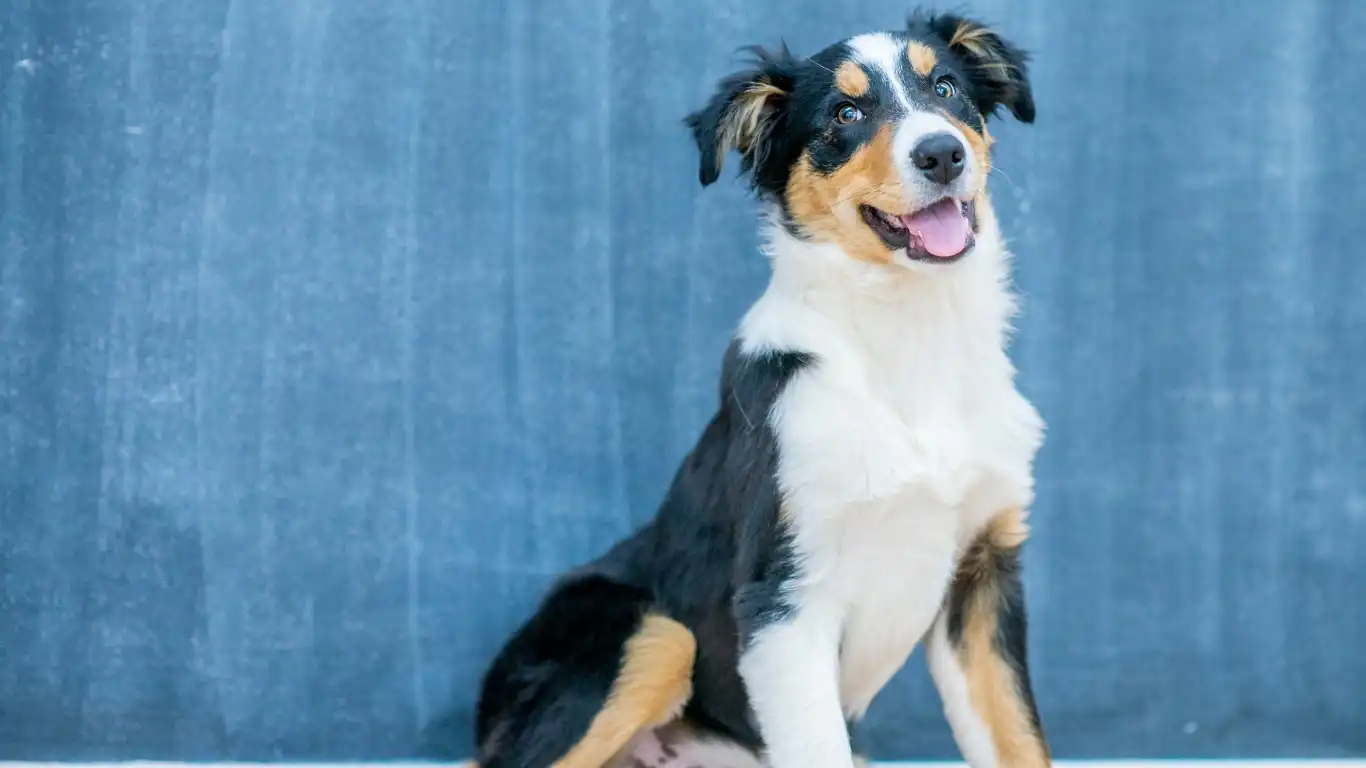
The trick to making brushing part of your dog’s life? Consistency over perfection. You don’t have to do a full grooming session every day—heck, even five minutes can make a huge difference. It’s more about showing up regularly so your pup learns, “Oh, this is just a thing we do.”
My go-to brushing schedule guide:
- Short-haired dogs: 1-2 times a week is plenty to remove loose hair and stimulate skin health.
- Medium-haired dogs: Aim for 3-4 times a week, especially during shedding seasons.
- Long-haired or curly-coated breeds: Daily brushing is ideal. Even quick sessions help prevent painful mats.
To keep things manageable, try linking brushing to another habit you already do. For example, one of my clients brushes her Border Collie every evening during her own skincare routine. Another does it while watching Netflix—brush in one hand, popcorn in the other. Find your groove.
Keep sessions short and sweet:
- Use a timer if needed—just 3-5 minutes a day adds up fast.
- End on a high note. Always finish before your dog gets squirmy or annoyed.
- Reward every time—treats, praise, snuggles, whatever makes your pup feel like a superstar.
And hey, don’t beat yourself up if you miss a day or two. This is about progress, not perfection. As a Vet Tech, I’ve seen how much even small grooming routines can improve a dog’s skin, coat, and confidence—not to mention their bond with you.
When to Call in the Pros (And Why It’s Totally Okay)
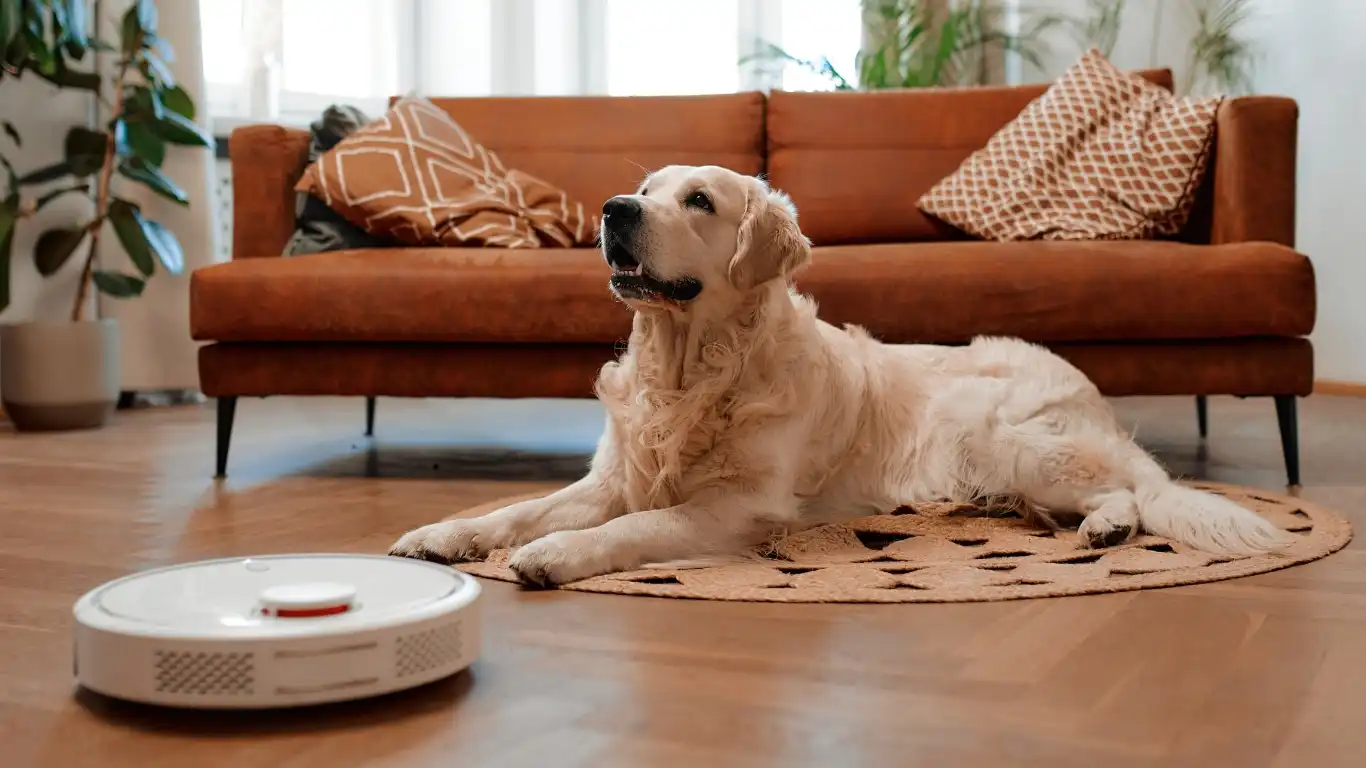
Listen, there’s no shame in asking for help—especially when it comes to grooming challenges. If your dog is severely matted, reactive, or just refuses to be brushed no matter what you try, bringing in a professional groomer or behaviorist can make a world of difference.
Signs it’s time to get outside help:
- Persistent mats or tangles: If they’re too tight or close to the skin, trying to fix them yourself can hurt your pup.
- Aggressive reactions: Growling, snapping, hiding—these are signs of deeper fear that may need expert training support.
- Skin issues: Redness, flakes, or sores might mean there’s an underlying health problem. Always consult your vet.
I’ve worked with dogs that needed a reset—meaning a full groom by a pro, followed by a reintroduction to brushing using positive methods at home. Sometimes just one or two visits with a patient, certified groomer makes brushing easier for the long haul.
And if you’re not sure whether your dog’s coat care is where it should be? Just ask. I always tell pet parents to reach out with questions. Whether it’s tool suggestions, skin concerns, or how to handle wiggly pups, it’s always better to ask than guess.
Keep It Fun: Add Games, Talk, and Touch
Here’s something I’ve noticed in my years as a Vet Tech—dogs thrive when things feel like play, not a chore. If brushing feels like a forced task, it’ll stress both of you out. But if it feels like bonding time? Your dog will pick up on that energy and respond in kind.
Ways to keep brushing positive and playful:
- Make it a game: Try brushing a little, then tossing a treat or toy. I call it “brush-and-bonus.”
- Talk to your dog: Use a silly voice, narrate what you’re doing, compliment their fluff. I’ve had dogs that respond better when I turn brushing into a spa-day monologue.
- Practice touch exercises: Outside of brushing time, get your dog used to being touched on sensitive areas like paws, ears, and belly with gentle rubs and treats. This makes grooming less scary overall.
The more you keep things light, the more your dog will associate brushing with connection, not correction. It’s not just grooming—it’s a trust-building moment, and one that pays off in the long run. Remember, brushing is more than beauty—it’s care, communication, and quality time rolled into one soft, fluffy routine.
Tailoring Brushing Habits for Senior Dogs, Rescues, and Special Cases

Alright, let’s get into the more nuanced stuff. Not every dog fits into the neat little brushing box. Older pups, rescues with trauma histories, dogs with medical conditions—they all bring unique needs to the grooming table. And as someone who’s spent years in veterinary clinics specializing in nutrition and wellness, I’ve seen firsthand how tailored care can completely change a dog’s quality of life.
Senior dogs need extra TLC
Older dogs often have arthritis, thinner skin, or just less tolerance for handling. What used to be a simple brushing session might now require a gentler touch—or shorter time frames.
- Use soft bristles or grooming gloves: These are perfect for sensitive joints and fragile skin.
- Brush in supportive positions: Let them lie down on a comfy bed or soft rug while you work.
- Keep sessions short and loving: A few minutes here and there works better than a full grooming marathon.
I had a senior Shih Tzu patient named Toby—bless his little stubborn heart. His back legs were weak and he hated standing for long, so we’d groom him in his favorite dog bed with lots of belly rub breaks. Honestly, it turned into more of a spa day than a brushing session, and he loved every second of it.
Rescue dogs need trust-building first
Dogs with trauma histories often have a hard time with brushing—especially if they were mishandled in the past. The key here is slow, consistent trust-building. No rush. No force.
- Start by associating the brush with playtime or mealtime.
- Use lots of praise and don’t even attempt brushing until your dog is comfortable with the brush being near them.
- Reward any calm behavior near the brush—even just sniffing it is progress.
One of the most rewarding moments of my career was helping a rescue pit mix named Daisy go from shaking at the sight of a brush to actually rolling over for her belly to be brushed. That transformation came from patience, not pressure.
Breed-Specific Brushing: What You Should Know
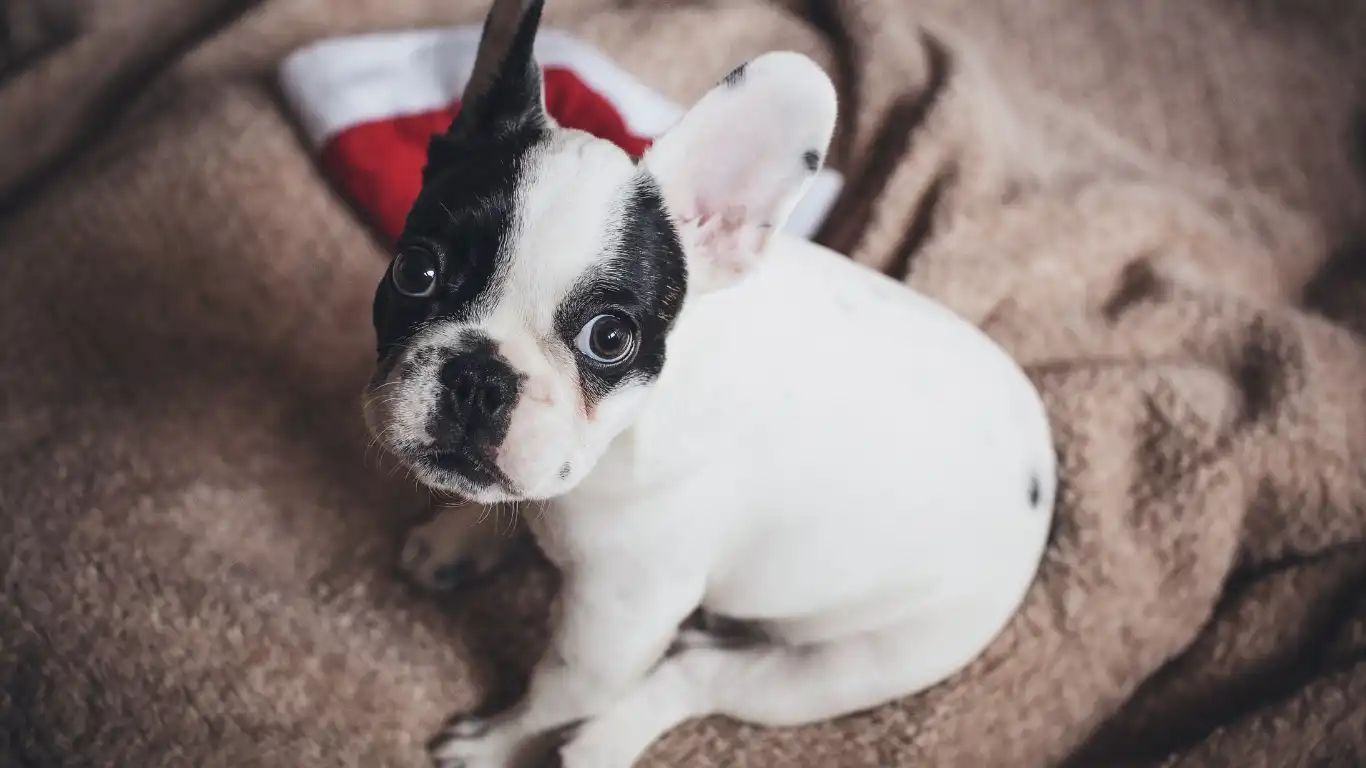
Not all coats are created equal—and if I had a dollar for every time someone used a human hairbrush on a Pomeranian, I’d have… well, a few hundred bucks at least. Understanding your dog’s breed (or mix) can help you pick the right tools and techniques. It’s not just about aesthetics—it’s about health and comfort too.
Examples of breed-specific care:
- Double-coated breeds (like Huskies or German Shepherds): Need regular undercoat raking, especially during shedding season.
- Wire-haired breeds (like Terriers): Often benefit from hand-stripping or special combs designed for wiry textures.
- Flat-coated breeds (like Cavaliers): Prone to tangles behind ears and legs—these spots need extra attention.
- Curly breeds (like Poodles or Doodles): Must be brushed often to prevent tight matting. Detangling spray is your best friend.
Even mixed-breed dogs deserve coat-specific care. If you’re not sure what kind of coat your pup has, ask your vet or a professional groomer. You can also check reputable dog breed databases like AKC or PetMD to learn more about your dog’s grooming needs.
Layering in Nutrition for a Healthier Coat
Okay, now I’ve got to bring in my nutrition nerd side for a second—because grooming isn’t just external. The health of your dog’s skin and coat starts from the inside out. If your pup has chronic dryness, dandruff, or dull fur, brushing alone won’t fix the root issue.
- Omega-3 fatty acids: Found in fish oils, these help promote a shiny coat and reduce inflammation. I’ve recommended them countless times with great results.
- Balanced diet: Low-quality food can lead to shedding, dryness, and dullness. Choose brands with whole ingredients and named proteins.
- Hydration: Make sure your dog has constant access to fresh water. Dehydrated skin = itchy, flakey mess.
I’ve seen dogs with coat issues bounce back dramatically after a simple food switch or adding a fish oil supplement. Of course, always chat with your vet before making any big dietary changes. You can also look into science-backed resources like NIH or Health.com for deeper info on pet nutrition and wellness.
Brushing Isn’t Just About Grooming—It’s About Bonding
At the end of the day, brushing your dog should be more than a chore—it should be a shared ritual, a calming routine, a moment to check in with each other. And yeah, maybe a few laughs when you both end up covered in fur.
I’ve always told my clients this: If you approach grooming with patience, empathy, and a little creativity, your dog will meet you halfway. You’re not just keeping their coat clean—you’re building trust, reducing stress, and strengthening the bond that makes life with dogs so special.
So next time you pick up that brush, remember—it’s not about doing it perfectly. It’s about doing it with love. And that, more than anything, is what makes all the difference.
Disclaimer:
This article is intended for informational purposes only and does not substitute professional veterinary advice. Always consult your veterinarian or certified groomer before making changes to your pet’s grooming routine or diet, especially if your dog has health issues or behavioral challenges.
